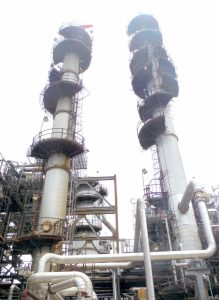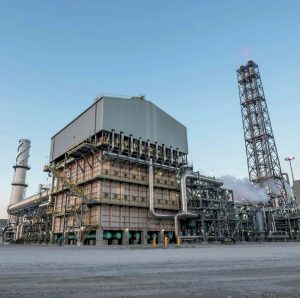
Decarbonisation of the maritime industry
As the industry pushes towards more sustainable practices, ammonia is emerging as a promising alternative fuel for ships. Effective management of by-product NOx, NH3 and N2 O emissions from the combustion of ammonia is crucial to the success of ammonia as an alternative fuel. A new catalyst has been developed by Enercat to treat these three molecules in one bed. Jean-Rémi Stephany and Emmanuel Rohart of Enercat – Alsys Group report on this new technology which has been developed in marine ammonia combustion engine conditions.








